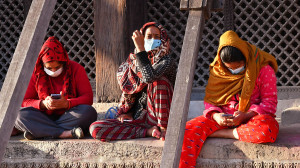Health
Just 150 maternal deaths in Nepal last year. Experts are not convinced
Lack of surveillance in 26 districts, and gaps in healthcare system fuels doubts about the accuracy of the data.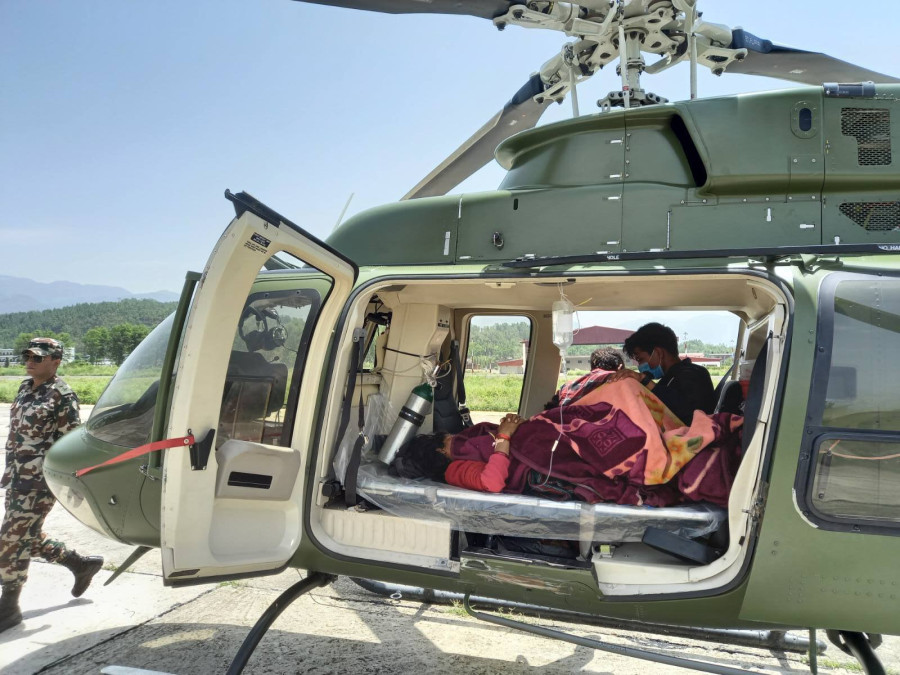
Arjun Poudel
As many as 150 women died of maternity-related complications in the fiscal year 2081-82, probably the lowest maternal deaths recorded in a year in Nepal.
However, recent data from the Nepal Demographic and Health Survey-2022, and the World Health Organisation show that 151 and 142 women die respectively from maternity-related complications per 100,000 live births.
Despite the government reporting a record-low number of maternal deaths last fiscal year, health experts warn the figure is likely inaccurate due to poor surveillance, underreporting, and persistent gaps in maternal care.
Health officials say that the data on maternal deaths is only from 51 districts, which have a maternal and perinatal death surveillance system, and they are unaware of what is happening in the remaining 26 districts.
Maternal health experts say the number of maternal deaths reported by the Health Ministry is still too low, as around 700,000 women get pregnant in the country every year.
“I would like to ask the authorities concerned to fix the recording and reporting system of the Ministry of Health and Population first,” said Dr Jagashwar Gautam, a maternal health expert. “Nepal has already achieved the Sustainable Development Goal’s target, as the number of maternal deaths in the country is only 150. But we all know that the reality is different, and hundreds of women die of maternity-related complications every year.”
Nepal reduced the maternal mortality rate from 539 per 100,000 in 1996 to 239 per 100,000 in 2016, for which it even received the Millennium Development Goal award. According to a report by the World Health Organisation, the country currently has reduced maternal deaths by over 70 percent since 2000—142 maternal deaths in every 100,000 live births.
The health target under the UN’s Sustainable Development Goals is to reduce the maternal mortality rate to 75 for every 100,000 births by 2030.
The SDGs, a follow-up on the Millennium Development Goals (MDGs), aim to end poverty, hunger, and all forms of inequality worldwide by 2030, and Nepal has committed to meeting the goals.
However, maternal health experts in the country are sceptical about achieving the SDG targets due to declining investment in the maternal health sector and mounting challenges. They said that the government has not even expanded the maternal and perinatal death surveillance programme in all districts.
Maternal and perinatal death surveillance is a key intervention for improving maternal, perinatal, and neonatal survival. Experts say such surveillance helps identify the causes of death.
The World Health Organisation said that maternal and perinatal death surveillance and response (MPDSR) is an essential quality improvement intervention, which permits the identification, notification, quantification and determination of causes and avoidability of maternal and neonatal deaths and stillbirth with the goal of orienting the measures necessary for their prevention.
According to the UN health body, systematic analyses of overall mortality trends, as well as events and contributing factors leading to individual deaths, can identify barriers in health systems and inspire local solutions to prevent such deaths in the future.
The WHO has emphasised that urgent investment is needed to prevent maternal deaths. The world is currently off-track to meet the UN’s Sustainable Development Goal target for maternal survival. Globally, the maternal mortality ratio would need to fall by around 15 percent each year to meet the 2030 target – significantly increasing from current annual rates of decline of around 1.5 percent.
Experts in Nepal said the country cannot achieve the SDG target without increasing investment. They say that existing health facilities must be strengthened, the availability of trained health workers must be ensured in health care facilities, and all existing and possible causes of maternal deaths must be addressed to achieve the target, which is not easy.
“Delay in decision making to go to hospital for delivery, delay in reaching health facilities, lack of trained health workers or caesarean delivery service are also contributing to maternal deaths in our country,” said Dr Ganesh Dangal, a maternal health expert, who is also the former president of the Nepal Society of Obstetricians and Gynaecologists. “Helicopter rescue service being provided under the President's Women Upliftment Programme should be revised, as the process for rescue is too complicated, which cannot be afforded by the marginalised groups at the time of emergency.”
Excessive bleeding after childbirth, pre-eclampsia and eclampsia (pregnancy-related high blood pressure disorders) have been identified as some of the major causes of maternal deaths in Nepal.




 9.12°C Kathmandu
9.12°C Kathmandu
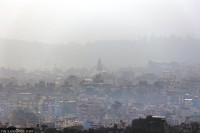


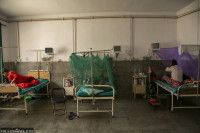




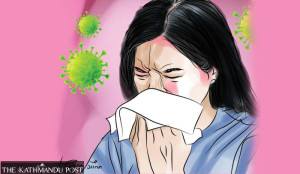



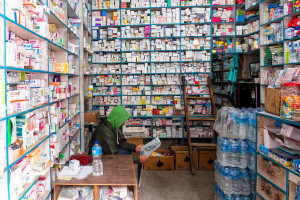
%20(1).jpg&w=300&height=200)

